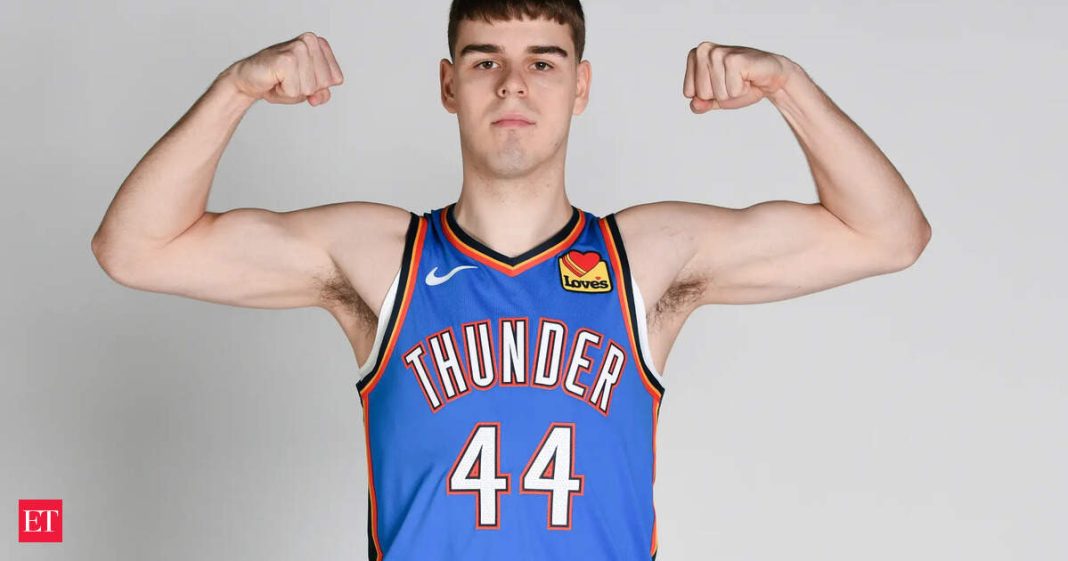Key Takeaways
- Oklahoma City Thunder guard Nikola Topić begins chemotherapy for testicular cancer
- Doctors report “extremely positive” long-term outlook for the 20-year-old rookie
- No timetable for return to basketball as treatment becomes top priority
Oklahoma City Thunder’s promising young guard Nikola Topić has started chemotherapy treatment after being diagnosed with testicular cancer, the team confirmed. General manager Sam Presti announced the news, emphasizing that doctors remain optimistic about the 20-year-old’s recovery prospects.
The Serbian guard, selected 12th overall in the 2024 NBA Draft, has been advised to focus entirely on his treatment with no set timeline for his basketball return.
Team Support and Medical Outlook
“Our only expectation of him is to focus on this,” Presti stated. “This is his most important priority. He’ll be back playing basketball when he’s able to, but we’re not putting any type of expectations on that. He has our total support, encouragement, and love.”
The Thunder GM described Topić as “a remarkable guy” who is “extremely mature, composed, resilient” – qualities that should serve him well during treatment.
Medical professionals have expressed strong confidence in Topić’s long-term recovery, describing their outlook as “extremely positive” for the young athlete.
Recent Medical History
Topić underwent a testicular procedure in early October and was initially scheduled for re-evaluation within four to six weeks. The diagnosis comes after the guard missed his entire rookie season recovering from a torn ACL suffered before joining the Thunder.
Despite the injury setbacks, Topić had made a strong impression during training camp and preseason activities before the testicular issue emerged.
Understanding Testicular Cancer
Testicular cancer primarily affects younger men and ranks among the most treatable cancers when detected early. Standard treatment approaches typically involve surgical removal of the affected testicle, followed by chemotherapy or radiation depending on the cancer’s stage and specific characteristics.
The medical community’s positive outlook reflects the generally high cure rates for this type of cancer, particularly in young, otherwise healthy individuals like professional athletes.




